Among political reporters and pundits, the fashionable take on Democratic presidential candidates is that they’re recklessly veering too far to the left, consequently putting their chances of defeating Donald Trump at risk. That critique is all the rage.
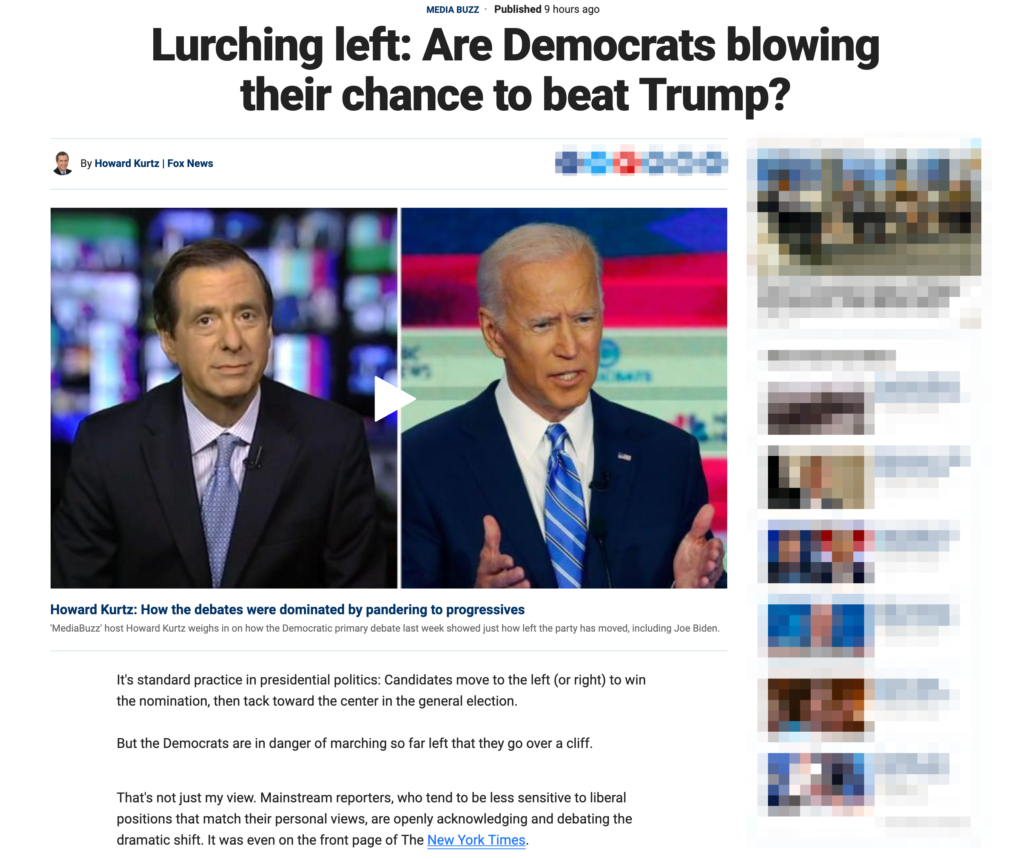
Fox News‘s Howard Kurtz::
“But the Democrats are in danger of marching so far left that they go over a cliff. That’s not just my view. Mainstream reporters, who tend to be less sensitive to liberal positions that match their personal views, are openly acknowledging and debating the dramatic shift. It was even on the front page of The New York Times.”
The New York Times:
“The Democratic debates this past week provided the clearest evidence yet that many of the leading presidential candidates are breaking with the incremental politics of the Clinton and Obama eras, and are embracing sweeping liberal policy changes on some of the most charged public issues in American life, even at the risk of political backlash. But with moderate Democrats repeatedly drowned out or on the defensive in the debates, the sprint to the left has deeply unnerved establishment Democrats, who have largely picked the party nominees in recent decades.”
Time:
“That sound you heard in Miami on Wednesday evening? El partido demócrata dando un fuerte giro a la izquierda. The screech of a Democratic Party swerving hard to the left. As the first 2020 Democratic debate wrapped here, there was a palpable sense that the 10 contenders on stage were reflecting the sentiments of the most liberal corners of the party.”
Yes, Democrats are more liberal than they have been in my lifetime. Yes, it’s possible that they could eventually go too far. But I disagree with the punditosphere that Democrats have hit that point.
Why Moving Left?
The explanation of aghast pundits has been that Democrats are supporting progressive policies for two primary reasons:
- Echo Chamber Parrots. First, they argue that Democrats are more liberal because they spend too much time in self-reinforcing “echo chambers” — social media and cable news channels where like-minded ideologues radicalize each other and get isolated from opposing viewpoints. Pundits say candidates spend too little time in the habitat of “real people,” which they usually identify as Mayberry-esque Main Street cafes.
- Liberal Bidding War. Also, pundits explain that Democrats are now more liberal because they’re desperately trying to out-liberal each other to court ultra-liberal primary and caucus voters.
These are both very real occupational hazards for politicians, and valid contributory factors for the shift to the left. I don’t disagree with them, but they’re not the only explanations.
Democrats Are Listening To Americans
Many reporters and pundits are missing or under-emphasizing another explanation that is at least as important,:
- Listening To Americans. Democrats are moving left because they are actually listening to Americans.
Democrats are not just marching in lockstep with Rachel Maddow, Moveon.org, Daily Kos, Paul Krugman, and Bernie Sanders. They’re not just trying to one-up each other. They’re also reading the survey research.
The polls support a move to the left. For instance, market researchers are finding that Americans’ support for progressive policymaking is at a 68-year high.
The American Prospect recently compiled a long list of recent survey polls showing overwhelming majorities of Americans embracing a broad range of progressive attitudes and policies, excerpted below. Remember, the following is dozens of independent statistically significant surveys speaking, not the liberal American Prospect magazine speaking:
The Economy
82 percent of Americans think wealthy people have too much power and influence in Washington.
78 percent of likely voters support stronger rules and enforcement on the financial industry.
Inequality
82 percent of Americans think economic inequality is a “very big” (48 percent) or “moderately big” (34 percent) problem. Even 69 percent of Republicans share this view.
66 percent of Americans think money and wealth should be distributed more evenly.
72 percent of Americans say it is “extremely” or “very” important, and 23 percent say it is “somewhat important,” to reduce poverty.
59 percent of registered voters—and 51 percent of Republicans—favor raising the maximum amount that low-wage workers can make and still be eligible for the Earned Income Tax Credit, from $14,820 to $18,000.
Taxes
76 percent believe the wealthiest Americans should pay higher taxes.
60 percent of registered voters believe corporations pay too little in taxes.
87 percent of Americans say it is critical to preserve Social Security, even if it means increasing Social Security taxes paid by wealthy Americans.
67 percent of Americans support lifting the cap to require higher-income workers to pay Social Security taxes on all of their wages.
Minimum Wage
54 percent of registered voters favored a $15 minimum wage.
63 percent of registered voters think the minimum wage should be adjusted each year by the rate of inflation.
Workers’ Rights
74 percent of registered voters—including 71 percent of Republicans—support requiring employers to offer paid parental and medical leave.
78 percent of likely voters favor establishing a national fund that offers all workers 12 weeks of paid family and medical leave.
Health Care
60 percent of Americans believe “it is the federal government’s responsibility to make sure all Americans have healthcare coverage.”
60 percent of registered voters favor “expanding Medicare to provide health insurance to every American.”
64 percent of registered voters favor their state accepting the Obamacare plan for expanding Medicaid in their state.
Education
63 percent of registered voters—including 47 percent of Republicans—of Americans favor making four-year public colleges and universities tuition-free.
59 percent of Americans favor free early-childhood education.
Climate Change and the Environment
76 percent of voters are “very concerned” or “somewhat concerned” about climate change.
68 percent of voters think it is possible to protect the environment and protect jobs.
59 percent of voters say more needs to be done to address climate change.
Gun Safety
84 percent of Americans support requiring background checks for all gun buyers.
77 percent of gun owners support requiring background checks for all gun buyers.
Criminal Justice
60 percent of Americans believe the recent killings of black men by police are part of a broader pattern of how police treat black Americans (compared with 39 percent who believe they are isolated incidents).
Immigration
68 percent of Americans—including 48 percent of Republicans—believe the country’s openness to people from around the world “is essential to who we are as a nation.” Just 29 percent say that “if America is too open to people from all over the world, we risk losing our identity as a nation.”
65 percent of Americans—including 42 percent of Republicans—say immigrants strengthen the country “because of their hard work and talents.” Just 26 percent say immigrants are a burden “because they take our jobs, housing and health care.”
64 percent of Americans think an increasing number of people from different races, ethnic groups, and nationalities makes the country a better place to live. Only 5 percent say it makes the United States a worse place to live, and 29 percent say it makes no difference.
76 percent of registered voters—including 69 percent of Republicans—support allowing undocumented immigrants brought to the country as children (Dreamers) to stay in the country. Only 15 percent think they should be removed or deported from the country.
Abortion and Women’s Health
58 percent of Americans believe that abortion should be legal in all or most cases.
68 percent of Americans—including 54 percent of Republicans—support the requirement for private health insurance plans to cover the full cost of birth control.
Same-Sex Marriage
62 percent of Americans—including 70 percent of independents and 40 percent of Republicans—support same-sex marriage.
For people who suffered through eras when the NRA, the Catholic Church, the health insurance lobby, the Moral Majority, the National Federation of Independent Businesses, the U.S. Chamber of Commerce, Americans for Tax Reform, and trickle downers like Reagan, Gingrich and Bush dominated politics and policymaking, these findings are pretty stunning.
Make no mistake, America has changed. A solid majority of Americans now are supportive of left-leaning policies, whether or not they self-identify as “liberal.” In a representative democracy, public opinion is supposed to have a powerful impact on candidates and policymakers, and it is.
“Scaring the Independents”
“Harumph,” say the grizzled veteran pundits and reporters. Hubris-laden Democrats are going to scare away the Independent voters and be responsible for four more years of Trump.
That’s certainly a danger, and an important thing to monitor in coming months. But remember, all of those polls listed above have a representative number of Independent voters in their samples, and breakouts show that on most issues a solid majority of Independents also are backing very progressive policy positions.
In addition, when you look at how Independent voters are currently leaning, they are leaning in the Democrat’s direction by a net nine-point margin.
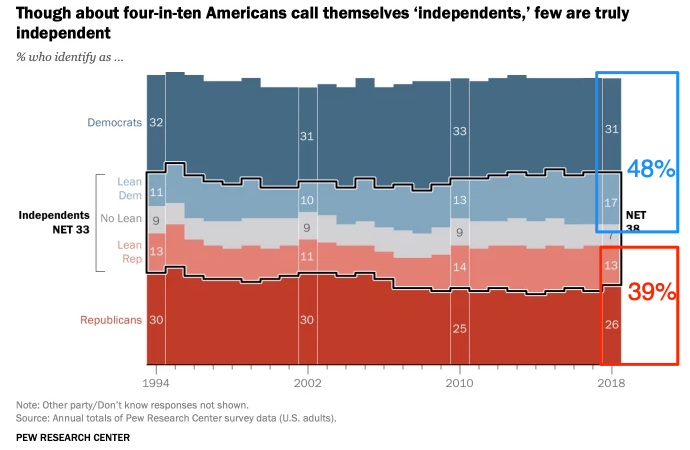
Obviously, these polls are just a snapshot in time, so Democrats could still lose Independent voters after they are exposed to hundreds of millions of dollars worth of attacks. However, it’s worth noting that, after watching Democrats being lambasted for embracing progressive positions in recent years, Independents are still leaning fairly decisively blue.
Expanding the Electorate
Finally, let’s not forget that it will be easier for Democratic candidates to win if they can expand the electorate. That is, Democrats need to make the overall size of their electorate larger than it has been in past presidential election by motivating and activating the parts of their coalition that have traditionally voted in relatively low numbers, such as low-income people, people of color and young people. Even just a few percentage points improvement with those groups could impact the outcome of the 2020 elections up and down the ballot.
Positions in the “mushy middle” — ACA stabilization tweaks, incremental tax reform, inflation adjustments only to the minimum wage, semi-punitive immigration law changes, Pell Grant adjustments, etc. — probably won’t particularly motivate and activate these important voters.
Bolder progressive policies — Medicare-for All, Medicare buy-in option, repealing Bush and Trump tax cuts for the wealthy to fund help for struggling families, increasing the minimum wage to $15 per hour, family medical leave benefits, bold immigration law changes, higher education loan forgiveness — might.
Short-term Needs. So even if supporting progressive policies were causing Democrats to lose amongst Independent voters — and remember, so far the data seems to indicate that they aren’t — there is an argument for Democratic candidates to take those progressive stands anyway, in order to keep young people, poor people, and people of color from sitting out election day in large numbers, or backing a left-leaning third party candidate.
Long-term Needs. Appealing to those lightly voting groups with progressive policies is also important for the long-term future of the Democratic Party, not just the 2020 election. That’s because people of color are the fastest growing portions of the population, and today’s young people obviously will be voting for many years. Making those groups into committed members of the Democratic coalition would pay long-term dividends.
More Room To Grow. Still, some maintain that voter turnout is going to be so large in 2020, due to the polarizing nature of President Trump, that the size of the electorate will be maxed out without having to motivate lightly voting groups with progressive policies.
But when you look at the dramatically lower than average turnout figures for loyal Democratic constituencies in 2018, when their turnout levels were actually very high compared to 2014, it’s clear there is still much room for growth with these groups. For instance, 36% of young people voted in 2018, compared to 53% of the total population. Again, even an increase of a point or two in some of these categories could be decisive.
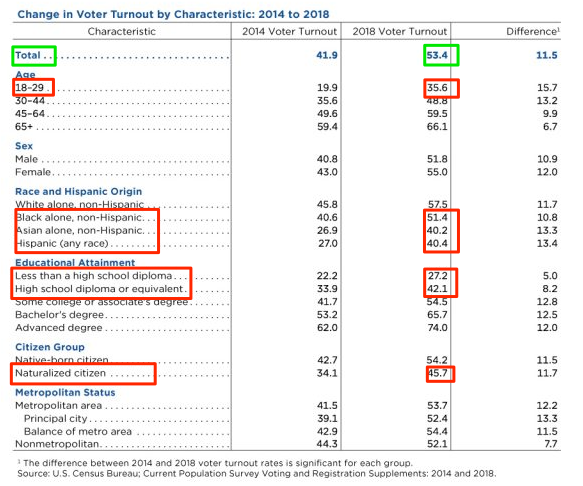
Who’s Out of Touch?
So yes, Democrats have indeed moved left in recent years. That much is obvious. But given this consistent stream of survey research from a wide variety of sources, I can’t agree with those who conclude that Democratic candidates are the ones who are “out of touch” with the pulse of the American people.

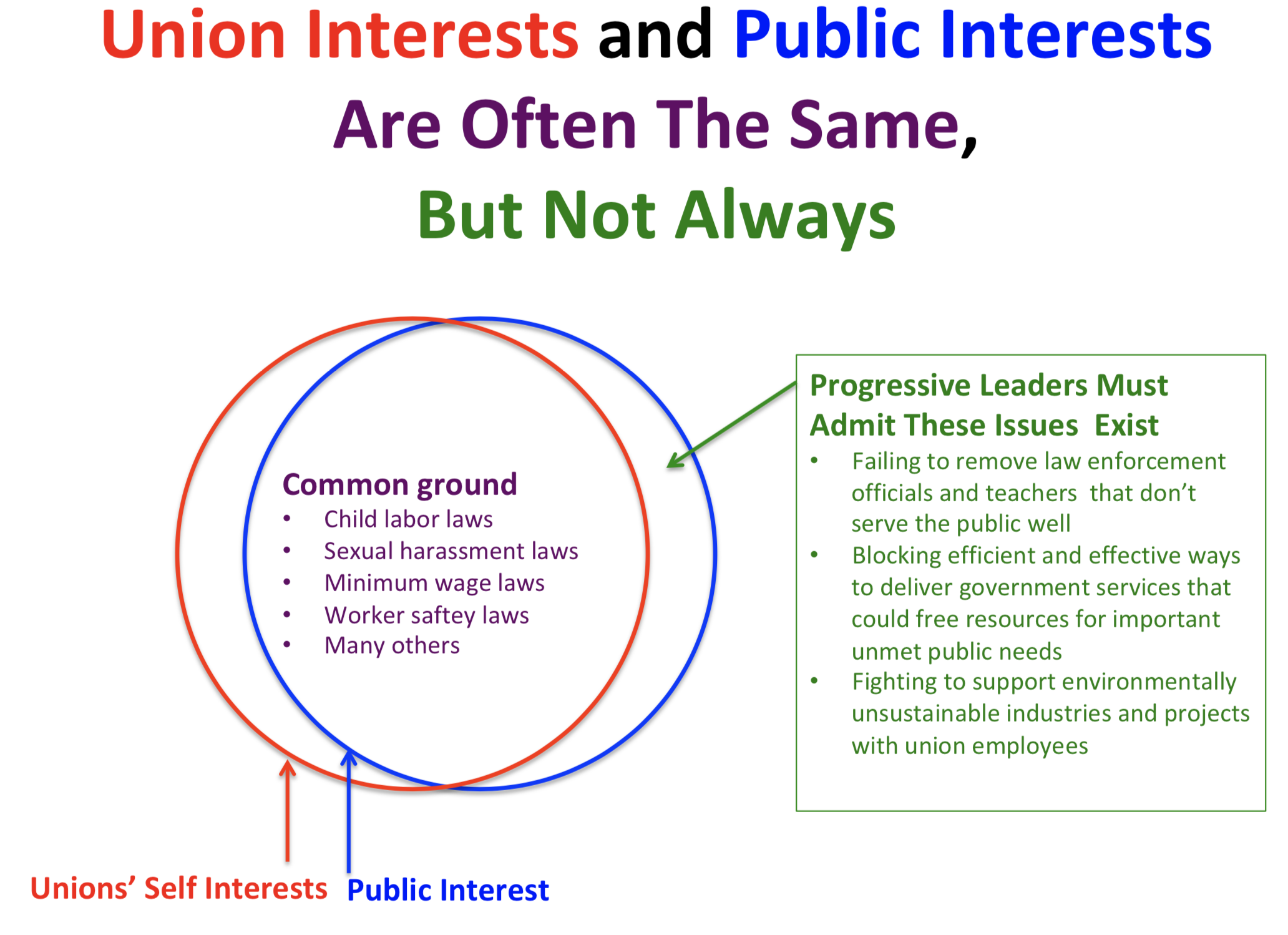
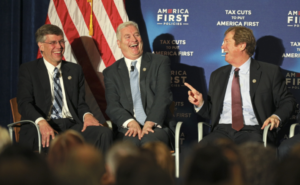 This week, statewide coverage
This week, statewide coverage 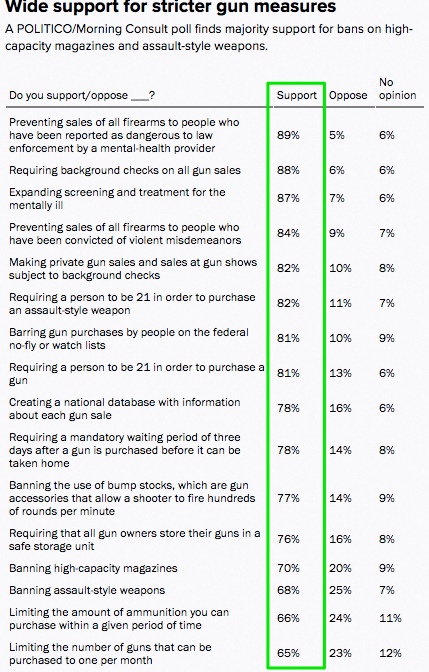 PUTTING NRA CONTRIBUTIONS OVER COMMON SENSE GUN PROTECTIONS. They have blocked
PUTTING NRA CONTRIBUTIONS OVER COMMON SENSE GUN PROTECTIONS. They have blocked 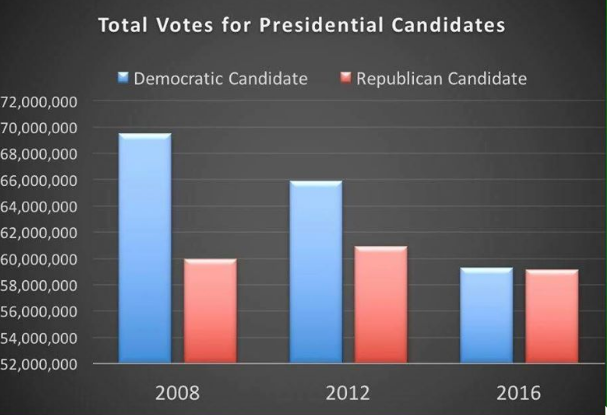
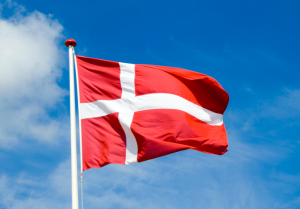 When presidential candidate Bernie Sanders explains why Americans shouldn’t fear his “democratic socialism,” he usually
When presidential candidate Bernie Sanders explains why Americans shouldn’t fear his “democratic socialism,” he usually 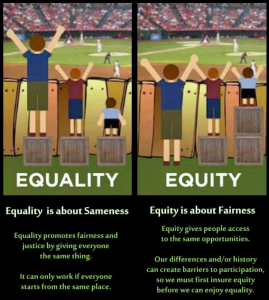 We also know that research shows that education achievement gaps can be measured in children as young as
We also know that research shows that education achievement gaps can be measured in children as young as